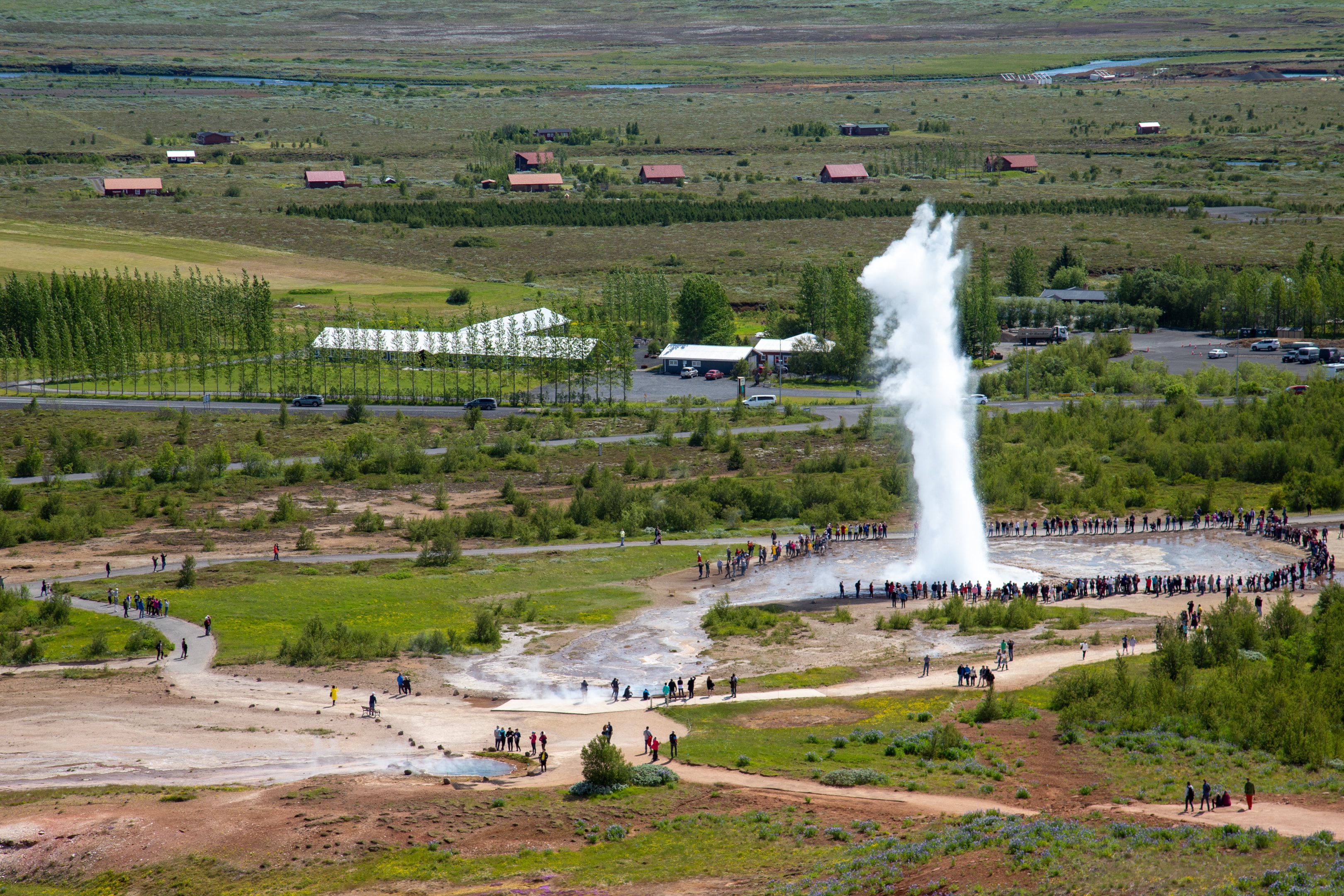I. Introduction
The Enchanting Dance of the Northern Lights with Golden Circle Day Tours
The captivating phenomenon of the Northern Lights, scientifically known as the Aurora Borealis, has long been a source of wonder and fascination for travelers around the world. One of the most sought-after destinations for witnessing this ethereal spectacle is Iceland, where the dance of the lights across the Arctic skies leaves spectators spellbound. In the heart of this extraordinary experience stands Golden Circle Day Tours (GCDT), a trusted and renowned tour operator, offering enchanting excursions to witness the mesmerizing Northern Lights in all their glory.
What are the Northern Lights?

At the core of this awe-inspiring natural phenomenon lies the Northern Lights, a celestial display that occurs when charged particles from the sun collide with gasses in the Earth's atmosphere. The result is a breathtaking array of luminous colors that streak across the night sky, painting it with vibrant hues of green, pink, and purple. This celestial dance is a spectacular sight to behold and has been the subject of myths, legends, and scientific inquiry for centuries.
The Popularity of Northern Lights Viewing in Iceland

Iceland's unique geographical location near the Arctic Circle makes it one of the world's prime locations to witness the Northern Lights. Its pristine landscapes, unpolluted skies, and proximity to the magnetic pole create an ideal environment for this celestial spectacle. Consequently, Iceland has become a bucket-list destination for travelers seeking an otherworldly experience of nature's wonders.
Introducing Golden Circle Day Tours (GCDT)
When it comes to embarking on a Northern Lights adventure in Iceland, Golden Circle Day Tours (GCDT) stands out as an experienced and reputable tour operator. With years of expertise in guiding enthusiasts through the Arctic wilderness, GCDT has earned a stellar reputation for providing extraordinary and unforgettable experiences.
GCDT takes pride in its team of knowledgeable guides, who are not only well-versed in the science behind the Northern Lights but are also passionate about Icelandic nature and culture. Their dedication to ensuring the best possible experience for travelers sets GCDT apart as a leading tour operator in the region.
Moreover, GCDT offers a range of carefully crafted tour packages, designed to cater to various preferences and schedules. Whether visitors are seeking a thrilling snowmobile ride under the Northern Lights or a relaxing soak in geothermal hot springs as they wait for the lights to appear, GCDT has something for everyone.
In addition to the Northern Lights tours, GCDT provides travelers with a chance to explore Iceland's iconic Golden Circle, comprising the Þingvellir National Park, Geysir Geothermal Area, and the majestic Gullfoss waterfall. This unique combination of witnessing natural wonders during the day and chasing the elusive northern lights hunting them at night makes GCDT's tours truly unforgettable.
As travelers set out on their Northern Lights expedition with GCDT, they can rest assured that they are in the hands of experts who prioritize safety, comfort, and environmental responsibility. GCDT's commitment to sustainable tourism ensures that the fragile Arctic ecosystem remains preserved for generations to come.
In conclusion, for those seeking an extraordinary encounter with the Northern Lights in the captivating landscapes of Iceland, Golden Circle Day Tours (GCDT) provides the perfect get way. With their expertise, passion, and dedication, GCDT promises an enchanting journey that will leave travelers with cherished memories to last a lifetime.
2. Unraveling the Mystery: The Science behind the Aurora Borealis

Solar Particle Interaction: Understanding the Source of Charged Particles
The captivating phenomenon of the Northern Lights, or Aurora Borealis, begins its cosmic journey with the interactions of solar particles emanating from the sun. The sun, a powerful celestial body, constantly releases charged particles into space through processes like solar flares and coronal mass ejections. These charged particles, primarily electrons and protons, form what is known as the solar wind.
As the solar wind hurtles through space at incredible speeds, it encounters the Earth's magnetic field, which extends far into space and creates an invisible shield around our planet called the magnetosphere. When the solar wind reaches the Earth, it is met with a dynamic and ever-changing magnetic field that guides and channels these charged particles towards the polar regions.
Magnetic Field Dance: How the Earth's Magnetosphere Shapes the Lights

The Earth's magnetosphere plays a crucial role in shaping the appearance of the Northern Lights. This magnetic dance begins when the charged particles from the solar wind collide with the atoms and molecules present in the Earth's upper atmosphere. The most common gases involved in these collisions are oxygen and nitrogen.
The magnetosphere acts as an invisible conductor, channeling the charged particles towards the Earth's poles, specifically around the magnetic poles. The concentration of these particles is higher near the polar regions due to the curvature of the magnetic field lines, which creates two oval-shaped regions known as the auroral ovals. These oval-shaped zones are centered around the north pole and magnetic poles, making the Arctic and Antarctic regions prime viewing areas for the Northern and Southern Lights, respectively.
Illuminating Collisions: How Charged Particles Create Luminous Colors

As the charged particles collide with the atmospheric gases in the Earth's upper atmosphere, a fascinating light show ensues. The energy from the collisions excites the atoms and molecules in the atmosphere, causing them to move to higher energy states. However, as these excited particles return to their original energy states, they release the excess energy in the form of light.
The colors of the Northern Lights are a result of the specific gases involved in the collisions and their respective altitudes. Oxygen molecules at higher altitudes emit vibrant green lights and red light, while nitrogen molecules emit colors like purples, pinks, and blues. The variety of colors and patterns paint the night sky with an entrancing display of luminous hues.
In conclusion, the enchanting dance of the Northern Lights can be traced back to the dance of solar particles and the Earth's magnetic field. This captivating interplay of charged particles and atmospheric gasses in the Earth's upper atmosphere gives rise to one of nature's most awe-inspiring spectacles, leaving observers around the world spellbound by the magic of the Aurora Borealis.
3. Nature's Light Show: Factors that Ignite the Northern Lights

Solar Activity and Solar Wind: The Catalysts of Auroral Displays
The mesmerizing phenomenon of the Northern Lights, also known as the Aurora Borealis, is set in motion by two primary cosmic actors – solar activity and the solar wind. The sun, a colossal ball of energy, experiences periodic eruptions known as solar storms, flares and coronal mass ejections. These eruptions release an abundance of charged particles, primarily electrons and protons, into space. This solar storm activity creates what is known as the solar wind.
As the solar wind streams outward from the sun at staggering speeds, it journeys across the vast expanse of space. Upon reaching the Earth's vicinity, these charged particles interact with the Earth's magnetic field in a stunning cosmic dance, setting the stage for the Northern Lights spectacle.
Earth's Magnetic Poles: Guiding the Lights to Polar Regions
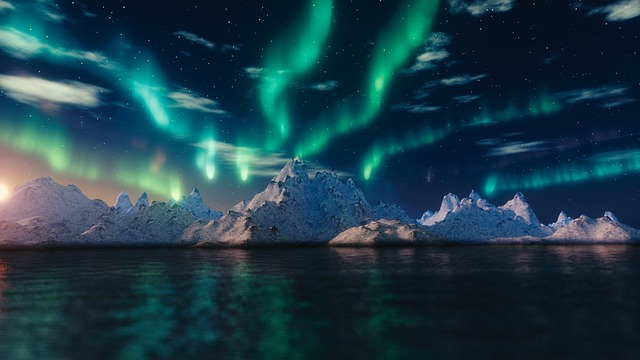
Central to the appearance of the Northern Lights is the Earth's magnetic field, an invisible yet vital force that surrounds our planet like a protective cocoon. As the solar wind encounters the Earth's magnetic field, a mesmerizing interplay unfolds. The Earth's magnetic field extends far into space, creating a region around the magnetic poles known as the auroral oval.
The auroral oval, centered near the magnetic poles, is a critical player in guiding the charged particles from the solar wind towards the polar regions. This magnetic channeling directs the particles towards Earth's upper atmosphere, where they embark on an awe-inspiring journey of light and color.
Atmospheric Gas Excitement: The Key to Spectacular Colors

With the charged particles from the solar wind now directed towards Earth's polar regions, the next act in the Northern Lights drama commences. As the charged particles enter the Earth's atmosphere, they collide with gas molecules, predominantly oxygen and nitrogen.
This electrifying collision results in the energization of the atmospheric gases. As the excited gas molecules return to their lower energy states, they release the excess energy in the form of mesmerizing light. The colors displayed by the Northern Lights depend on the type of gas molecules involved in the collisions and their altitude within the atmosphere.
High-altitude collisions with oxygen molecules typically yield breathtaking shades of green and red, while interactions with nitrogen molecules contribute to captivating purples, pinks, and blues. The combination of these vibrant hues forms the intricate tapestry of lights that dance across the night sky, captivating observers below.
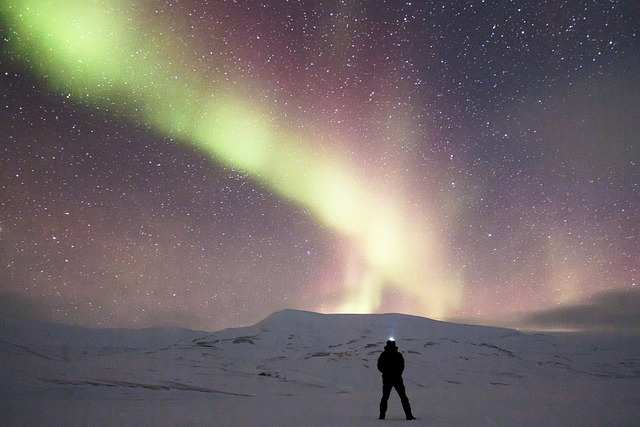
The Northern Lights, nature's captivating light show, are ignited by the interplay of solar activity, the solar wind, Earth's magnetic field, and atmospheric gas excitement. This harmonious cosmic collaboration creates an enchanting display of colors that leaves beholders in awe of the wonders of the universe. As the Aurora Borealis gracefully unfolds its cosmic dance, it serves as a poignant reminder of the delicate connections between our planet and the celestial world beyond.
4. Chasing Auroras: Where and When to Witness the Northern Lights

Arctic Circle Wonders: Prime Regions for Northern Lights Viewing
The Northern Lights, with their ethereal beauty, grace the night skies of several regions near the Arctic Circle. These prime locations offer enthusiasts the best chances to witness the mesmerizing dance of the Aurora Borealis. Let's explore two captivating destinations renowned for their Northern Lights displays:
1. Iceland: A Northern Lights Haven in the Land of Fire and Ice

Nestled on the edge of the Arctic Circle, Iceland stands as a top-tier destination for experiencing the Northern Lights in all their majesty. With vast, untouched landscapes and minimal light pollution, Iceland provides an ideal environment for aurora hunting. The best time to catch a glimpse of the lights in Iceland is during the winter months, from September to April, when the nights are the longest, and the skies are at their darkest.
Several regions in Iceland are well-known for their exceptional Northern Lights viewing opportunities. Head to the countryside away from urban centers, and you'll increase your chances of witnessing this natural wonder. Some popular spots include the Snæfellsnes Peninsula, Thingvellir National Park, and the Jökulsárlón Glacier Lagoon, where the interplay of the northern lights photos with the stunning Icelandic landscape creates a truly magical experience.
2. Norway: Northern Delights in Tromsø and the Lofoten Islands

Norway, with its striking landscapes and proximity to the Arctic, is another sought-after destination for Northern Lights photography enthusiasts. Tromsø, often referred to as the "Gateway to the Arctic," is a favored spot for witnessing the lights due to its position within the auroral oval. Visitors can embark on guided tours that take them deep into the wilderness, away from light pollution, providing optimal conditions for capturing the lights.
The Lofoten Islands, with their dramatic fjords and picturesque fishing villages, also offer an enchanting setting for witnessing the Aurora Borealis. The lights dancing above the snow-capped mountains and mirrored in the calm waters create a surreal and unforgettable sight. Travelers looking to combine their Northern Lights experience with breathtaking natural scenery will find the Lofoten Islands to be a perfect choice.
Embracing the Southern Lights: The Enchanting Aurora Australis

While the Northern Lights are a well-known natural wonder, fewer people have the opportunity to witness their Southern Hemisphere counterpart – the Aurora Australis. The Southern Lights offer a comparable display of colors and beauty but are visible in regions near the Antarctic Circle.
Antarctica is the prime location for experiencing the Aurora Australis, but due to its extreme remoteness, cold weather and harsh conditions, witnessing the Southern Lights is primarily reserved for scientists and researchers stationed in the region. However, in some southern regions of Australia, New Zealand, and parts of South America, lucky observers may catch glimpses of the Southern Lights during periods of high solar activity and clear skies.
Whether you find yourself in Iceland's pristine wilderness or Norway's northern wonders, the mesmerizing dance of the Northern Lights promises an extraordinary and unforgettable experience. And for the intrepid explorers who venture to the remote Antarctic regions, the enchanting Aurora Australis awaits, adding an extra layer of magic to the natural marvel of the auroras.
5. Preparing for the Journey: Tips for an Unforgettable Northern Lights Experience

Timing is Everything: Best Seasons and Months for Auroral Displays
Experiencing the Northern Lights is a once-in-a-lifetime opportunity, and proper timing can significantly enhance your chances of witnessing this celestial spectacle in all its splendor. Here are the best seasons and months to plan your aurora adventure:
Ideal Conditions: Seeking Dark Skies and Favorable Weather
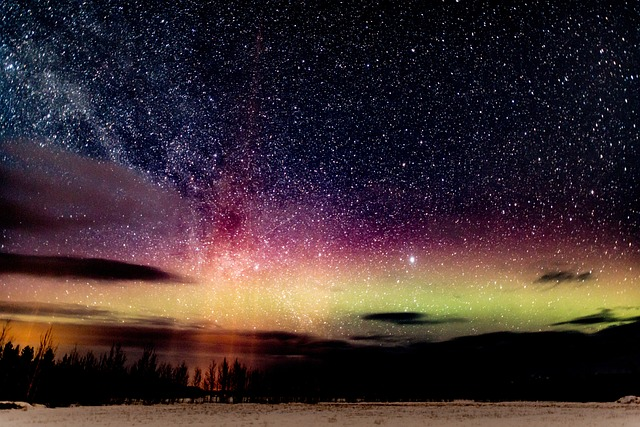
To maximize your chances of observing the Northern Lights at their best, consider the following factors that contribute to an ideal aurora-watching experience:
Capturing the Magic: Photography Tips for Immortalizing the Lights
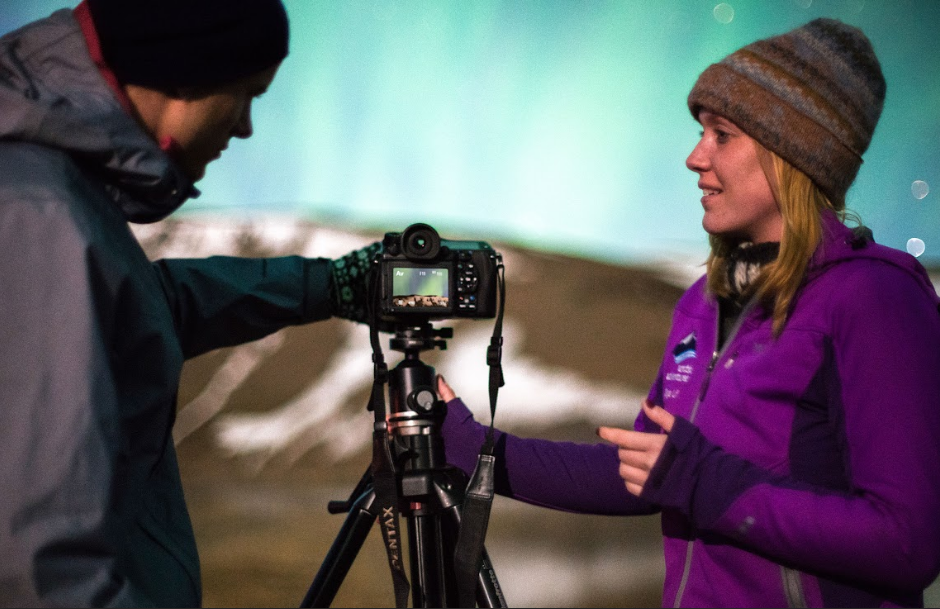
Preserving the memories of your Northern Lights experience through photography can be incredibly rewarding. Here are some tips to help you capture the magic of the auroras:
Remember, capturing the Northern Lights is an art, and the key to great aurora photography lies in experimentation and practice. So, don't forget to take a moment to enjoy the breathtaking display while ensuring you have your camera ready to immortalize the magic of the Aurora Borealis.
By following these tips and planning your Northern Lights adventure thoughtfully, you can enhance your chances of a truly unforgettable experience with one of nature's most extraordinary spectacles.
6. Golden Circle Day Tours (GCDT): Your Gateway to the Aurora Borealis
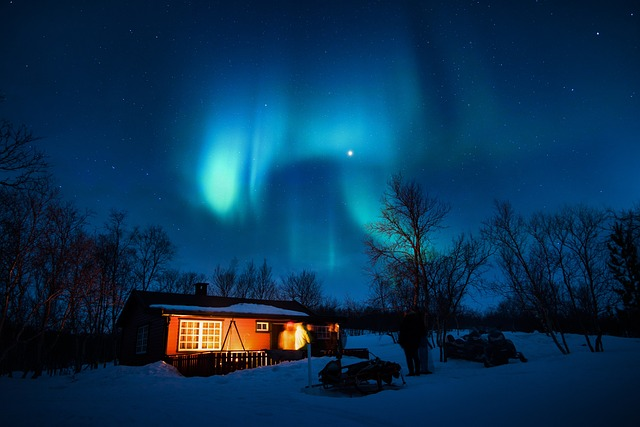
Introducing GCDT: A Trusted Name in Northern Lights Excursions
When it comes to embarking on an unforgettable journey to witness the Northern Lights, Golden Circle Day Tours (GCDT) stands out as a trusted and reputable tour operator. With years of expertise in organizing captivating excursions, GCDT has earned a stellar reputation for providing exceptional experiences to travelers from around the world.

GCDT's passion for nature, adventure, and cultural exploration shines through in every tour they curate. As a company that values customer satisfaction and safety, GCDT prides itself on delivering extraordinary Northern Lights experiences, ensuring that each traveler's dreams of witnessing the Aurora Borealis come true.
Expert Guided Tours: Knowledgeable Guides and Passionate Storytellers

One of the hallmarks of GCDT's Northern Lights excursions is the team of expert guides who accompany travelers on their aurora adventure. These guides possess in-depth knowledge of the science behind the Northern Lights and the fascinating folklore associated with this celestial spectacle. With their expertise, they narrate enthralling stories of the northern lights season itself, adding a touch of enchantment to the already mesmerizing experience.
GCDT's guides are not only knowledgeable but also passionate about Icelandic nature and culture. They create a welcoming and engaging atmosphere, ensuring that each traveler feels a connection to the land and the lights that dance above it. The guides' dedication to providing valuable insights and personalized attention to each traveler sets GCDT apart as a leading tour operator in the region.
Tailored Experiences: Diverse Packages for Every Adventurer

Golden Circle Day Tours understands that every traveler is unique, with distinct preferences and interests. To cater to diverse tastes, GCDT offers a range of thoughtfully crafted tour packages, ensuring that each adventurer finds their ideal Northern Lights experience.
For those seeking an adrenaline-pumping adventure, GCDT offers tours that combine Northern Lights viewing with thrilling snowmobile rides across the pristine Icelandic wilderness. On the other hand, travelers looking for a more serene and relaxing experience can indulge in tours that include a soothing soak in geothermal hot springs as they await the appearance of the lights.
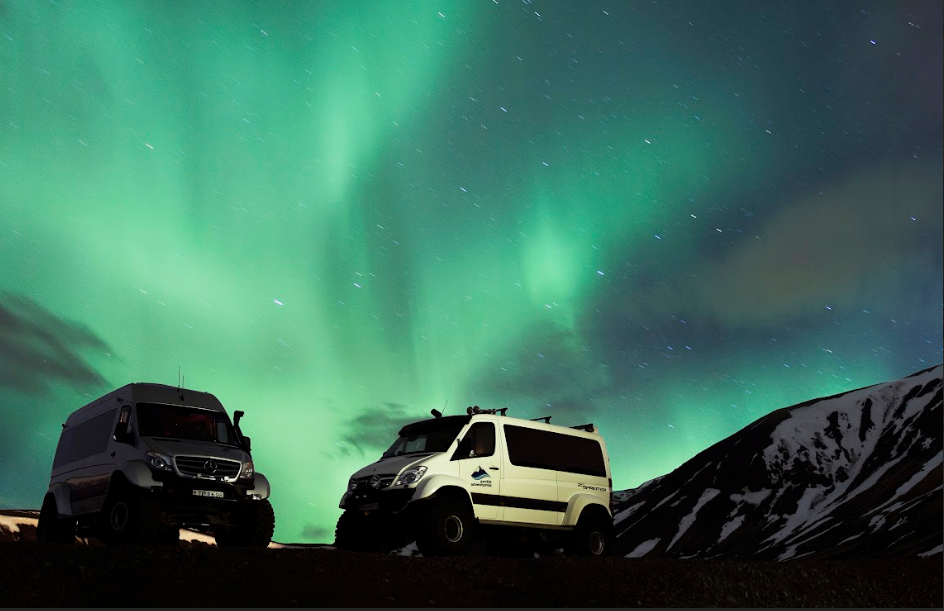
Whether travelers are photography enthusiasts, nature lovers, or cultural explorers, GCDT has carefully tailored packages to suit every interest, promising an experience that aligns perfectly with each individual's desires.
Balancing Nature and Responsibility: GCDT's Commitment to Sustainable Tourism
As custodians of the Icelandic landscapes and ecosystems, GCDT takes its responsibility towards nature and the environment seriously. With a deep appreciation for the natural wonders they showcase, GCDT is committed to sustainable tourism practices that preserve the fragile Arctic ecosystem for future generations.
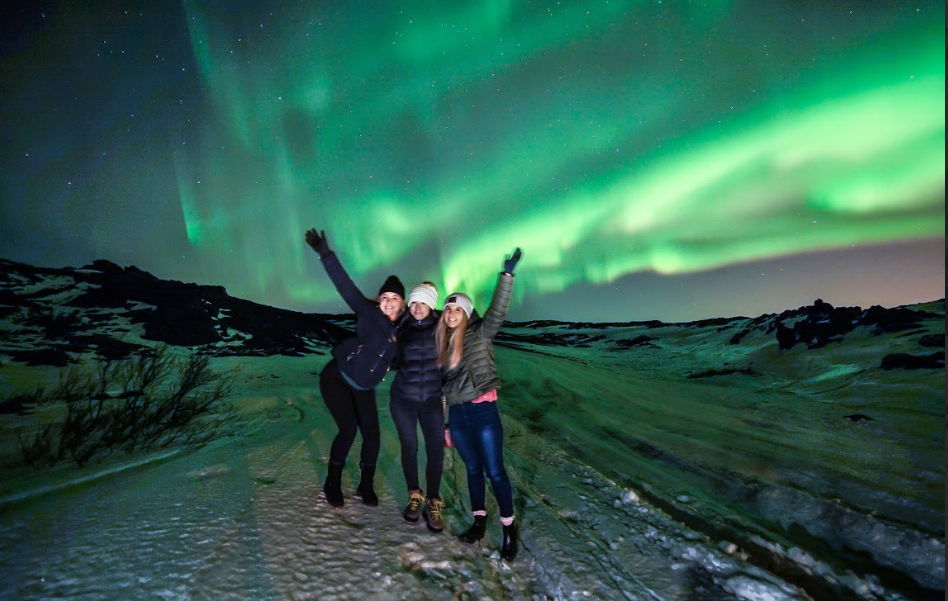
Throughout the tours, GCDT educates travelers about the importance of conservation and respecting nature. From using eco-friendly transport options to advocating for responsible wildlife observation, GCDT ensures that their excursions have a positive impact on the environment.
Golden Circle Day Tours (GCDT) provides a gateway to the awe-inspiring world of the Northern Lights, ensuring that travelers have an extraordinary and unforgettable experience. With their knowledgeable guides, personalized experiences, and commitment to sustainable tourism, GCDT promises to deliver moments of wonder and enchantment as travelers embark on their journey to witness the magic of the Aurora Borealis.
7. Conclusion: Embrace the Awe-Inspiring Northern Lights

A Natural Spectacle to Treasure: The Beauty of the Aurora Borealis
The Northern Lights, with their ethereal dance across the night skies, remind us of the boundless wonders of our natural world. This awe-inspiring celestial display, known as the Aurora Borealis, has inspired myths, legends, and scientific inquiry for centuries. Its vibrant colors, swirling patterns, and mystical allure create a captivating experience that leaves observers spellbound.
Witnessing the Northern Lights is a privilege and a treasure to be cherished. Nature's magnificent light show reminds us of the vastness of the universe and our humble place within it. The beauty of the Aurora Borealis transcends language and culture, connecting people from around the world through shared wonder and appreciation for the extraordinary marvels our planet has to offer.
Cherishing the Moment: Captivated by the Enchanting Dance
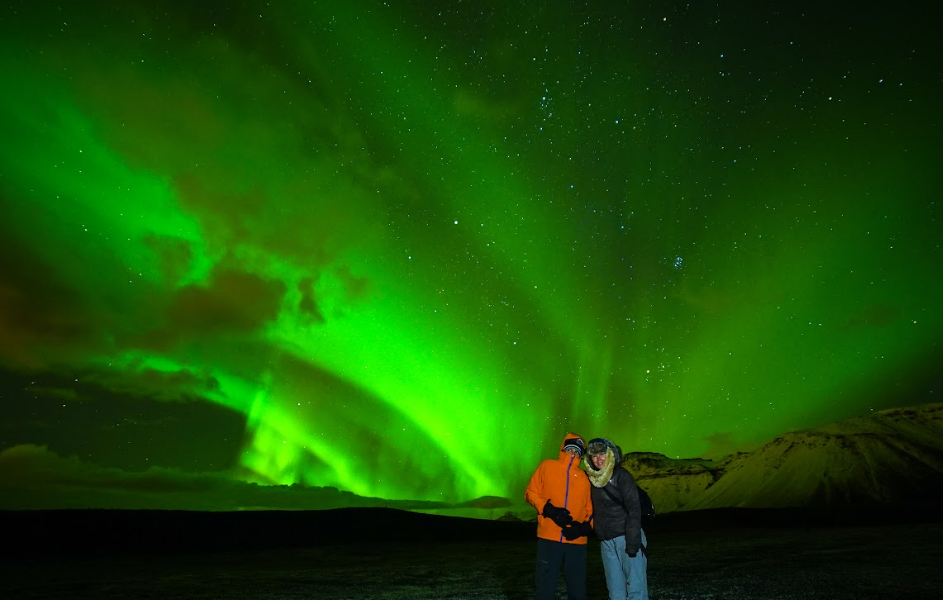
As the Northern Lights gracefully perform their celestial dance, time seems to stand still. Captivated by the flickering lights, we are transported to a realm where reality and magic intertwine. In those fleeting moments, worries fade, and we find ourselves immersed in the sheer brilliance of the auroras. It is a moment of serenity and awe—a profound connection with the cosmos that leaves an indelible mark on our souls.
Gazing at the Northern Lights is a humbling experience—an invitation to embrace the wonder of the universe and our place within it. It is a reminder of the smallness of our daily troubles and the grandeur of the cosmos, urging us to appreciate the fleeting beauty of each moment.
Unforgettable Memories: Choosing GCDT for an Extraordinary Journey
For those embarking on a quest to witness the Northern Lights, Golden Circle Day Tours (GCDT) offers a gateway to an extraordinary journey of discovery. With their expertise, passion, and commitment to providing exceptional experiences, GCDT promises to make the dream of witnessing the Aurora Borealis a reality.

GCDT's knowledgeable guides weave fascinating stories of the lights, creating a deeper connection to the natural world and Icelandic culture. Their tailored experiences cater to every adventurer's preferences, ensuring a personalized and unforgettable journey.
Beyond the enchantment of the Northern Lights, GCDT's commitment to sustainable tourism reinforces the importance of respecting and preserving our natural environments. By choosing GCDT, travelers not only witness the magic of the Aurora Borealis but also contribute to responsible travel practices that protect the fragile Arctic ecosystem.
In conclusion, the Northern Lights offer a glimpse into the mysterious and awe-inspiring beauty of the universe. Each dancing light beckons us to embrace the moment, savor the enchanting lights dance us, and create memories that will last a lifetime. As we gaze at the vibrant colors painting the night sky, we are reminded of the profound connections we share with the natural world and the wonders that await those who dare to explore the magic of the Aurora Borealis.




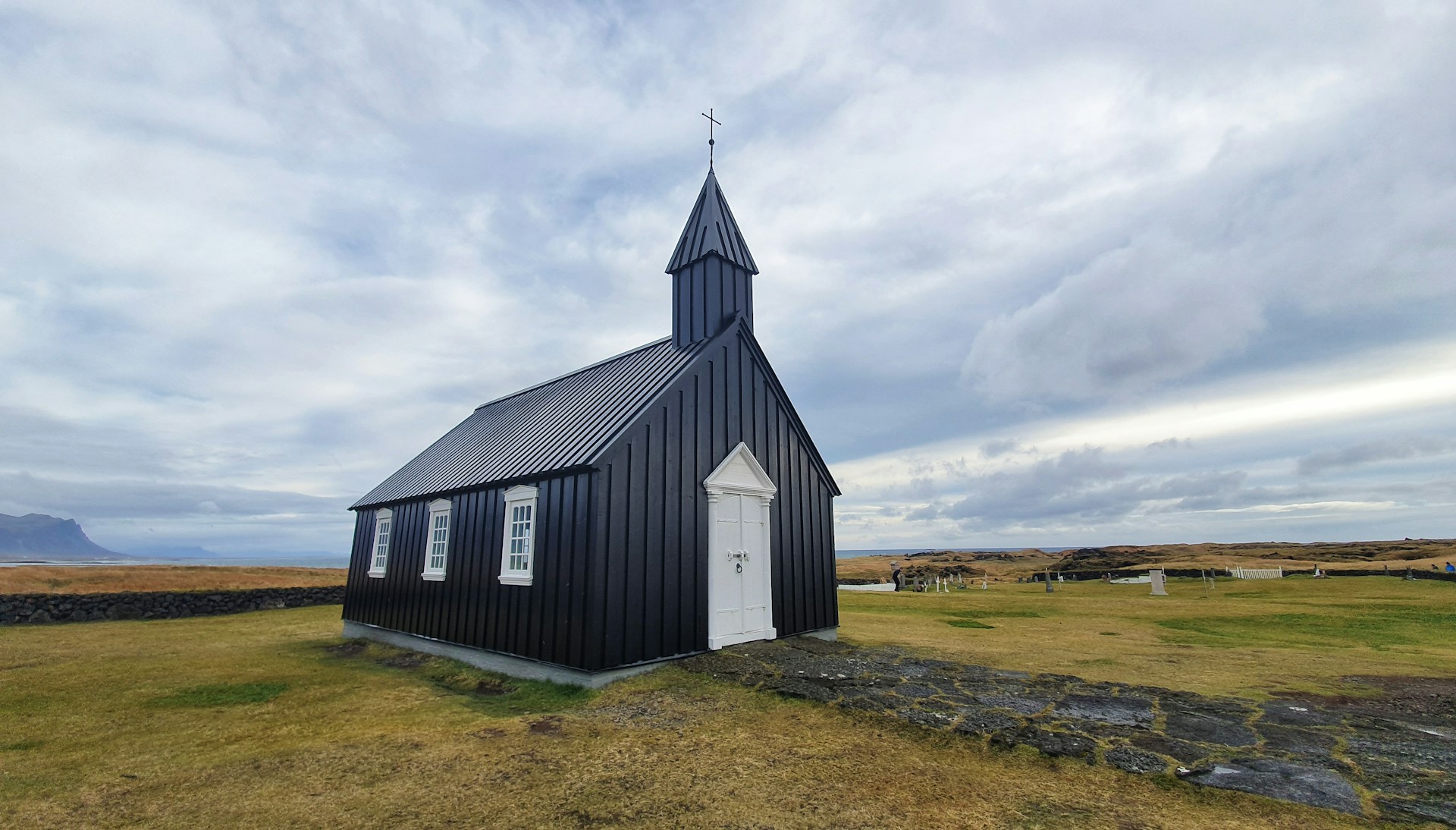
.webp)
